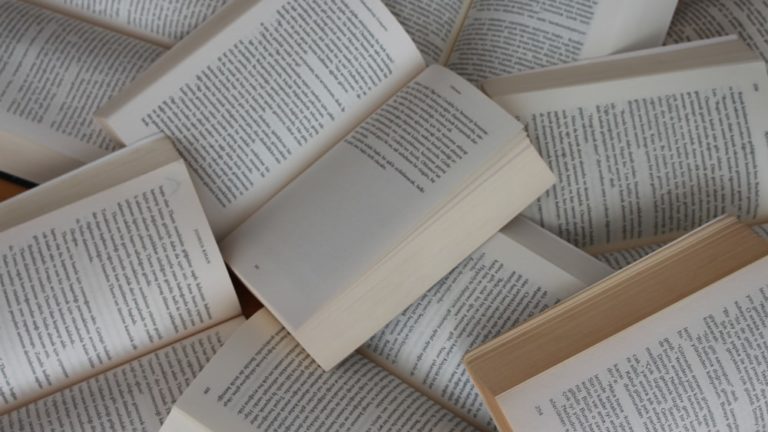10 Unmissable Best Books About Singapore In 2024
10 Unmissable Best Books About Singapore In 2024
Singapore is a rich tapestry of cultures, history, and modernity, uniquely blended together to form a dynamic and vibrant city-state. Within this small island nation lies a plethora of stories waiting to be discovered and experienced. Through the lens of literature, we can embark on journeys that reveal the depths of Singapore’s spirit and the complexities of its society. The best books about Singapore not only educate readers about its landmarks and historical milestones but also delve into the intimate lives, struggles, and joys of its people.
Key Points:
- Singaporean literature offers a diverse exploration of the country’s history, culture, and societal complexities.
- Books like Crazy Rich Asians and Singapore: A Biography provide unique insights into various aspects of Singapore.
- Authors like Kevin Kwan and Sonny Liew showcase the richness and diversity of Singaporean literature.
- Fiction books can offer real insights into Singapore’s society and challenges.
- These books can be found in local bookstores, online retailers, public libraries, and in e-book formats.
- Reading these books can provide a deeper understanding of Singapore’s past, present, and cultural landscape.
- Each book on the list offers a unique perspective on Singapore’s history, culture, and identity.
Diving into Singaporean literature offers an opportunity to understand the multifaceted nature of this country, from its colonial past to its status as a global financial center, and everything in between. Whether it’s exploring the lush descriptions of local settings, engaging with the nuanced portrayals of cultural practices, or sympathizing with characters that feel as real as the person next door, Singaporean authors masterfully craft their narratives to transport readers to the very heart of their country.
These selected works provide a window into the soul of Singapore, showcasing the dexterity of its authors in capturing the essence of a nation that is constantly evolving. Through their stories, we are invited to explore the dreams and challenges of its citizens, and in doing so, develop a deeper appreciation for this unique country. Join me as we celebrate the literary gems that Singapore has to offer, each book a testament to the richness and diversity of Singaporean life.
Discover the Rich Tapestry of Singapore Through Literature
Embark on a literary journey that promises to enrich your understanding of Singapore’s cultural landscape. With each page turned, the stories unfold to reveal the heart and soul of a nation from myriad perspectives. From the glitzy façades of high society to the simple, poignant tales of everyday folk, the best books about Singapore offer a multidimensional exploration of its people, traditions, and the evolving dynamics of its modern society. These stories are a celebration of the human spirit, navigating through challenges and triumphs, all set against the backdrop of Singapore’s unique blend of tradition and innovation.
1. “Crazy Rich Asians” by Kevin Kwan
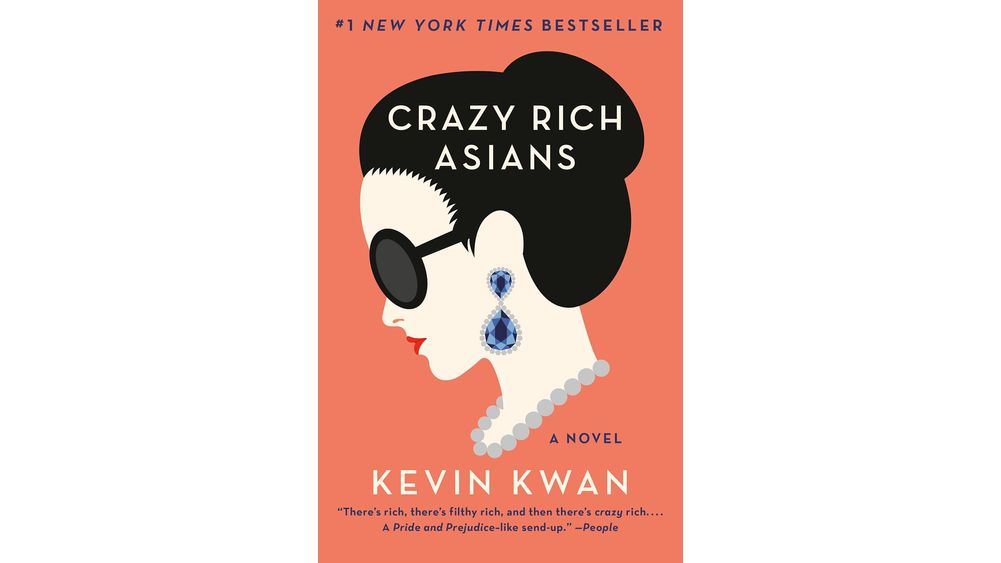
“Crazy Rich Asians” takes readers on a whirlwind through the opulence and intrigue of Singapore’s elite. Kevin Kwan’s novel is a delightful introduction to a world where luxury is the norm, and family dynasties wield astounding power behind closed doors. With its cast of charismatically flawed characters, the narrative is as much about personal growth and romantic dilemmas as it is about the dazzling spectacle of wealth.
Pro:
- Offers a unique glimpse into Singapore’s high society, rarely explored in such lavish detail in literature.
- Rich character development makes the protagonists relatable despite the extravagance that surrounds them.
- Balances drama and humor well, making it an engaging read from start to finish.
Contra:
- The abundance of characters can be overwhelming, making it hard to keep track of everyone’s stories.
- The focus on wealth and status may not resonate with readers looking for more grounded or realistic portrayals of Singapore.
- Some plot points feel predictable, following the familiar beats of a romantic comedy.
I recommend this book to you if:
- You’re fascinated by the luxury and complexity of high society.
- You enjoy romantic comedies with a strong sense of place and culture.
- You’re looking for a light-hearted, yet insightfully penned narrative that bridges Western and Asian societal dynamics.
2. Singapore: A Biography by Mark Ravinder Frost and Yu-Mei Balasingamchow

“Singapore: A Biography” by Mark Ravinder Frost and Yu-Mei Balasingamchow offers readers an engaging journey through Singapore’s past, presenting a tapestry woven from the lives of individuals across different eras. Rather than focusing solely on grand historical narratives, this book highlights personal stories that resonate on a deeper level, such as the accounts of Elizabeth Choy’s bravery during WWII or the aspirations of early Baba Chinese. Its unconventional approach to history celebrates the diversity and complexity of human experiences, offering a richer, more nuanced understanding of Singapore.
The authors have employed a daringly light touch to what could have been a heavy scholarly work, managing to navigate historical complexities with ease and grace. This approachable style does not diminish the book’s authority but rather makes it more accessible and enjoyable to a broad audience. By situating the narrative as a “biography” of Singapore, Frost and Balasingamchow invite readers to consider the nation’s history as a collection of personal stories, thereby challenging dominant narratives and encouraging a more democratic understanding of the past.
Pro:
- Immerses readers in the rich diversity of Singapore’s history through engaging storytelling.
- Offers insightful perspectives on lesser-known individuals and their contributions to Singapore’s development.
- Challenges conventional historical narratives, opening up discussions on diversity, democracy, and the complexity of national identity.
Contra:
- The unconventional narrative style may not cater to those seeking a more traditional historical account.
- The focus on personal stories over grand historical events might leave some readers wanting more contextual depth.
- Its attempt to cover a wide array of perspectives could occasionally lead to a dispersed focus, potentially overwhelming readers new to Singapore’s history.
I recommend this book to you if:
- You’re interested in historic narratives that prioritize personal experience and diversity.
- You prefer reading history through the lens of engaging stories rather than dry academic analysis.
- You’re curious about the alternative paths and possibilities that have shaped Singapore beyond the mainstream narrative.
3. How We Disappeared: A Novel by Jing-Jing Lee

“How We Disappeared” by Jing-Jing Lee is a heart-wrenching exploration of World War II’s devastating impacts on Singapore, told through the poignant tales of its survivors. Jing-Jing Lee weaves a tale that is not only deeply moving but also educative, exposing readers to the harrowing realities faced by ‘comfort women’ during the war. The dual narration technique, combining the stories of Wang Di and a young boy named Kevin, enriches the narrative, revealing the horrors of war from different generational perspectives.
The book stands out for its meticulous research and vivid setting descriptions, transporting readers straight to the heart of wartime Singapore. Markets, food, and daily life are all brought to life with stunning clarity. However, the depth of historical detail is matched by the novel’s slow pace, which some readers found to be a drawback.
Pro:
- Offers a deeply emotional and enlightening view of WWII in Singapore, covering a seldom-discussed aspect of history – ‘comfort women.’
- The dual narrative structure enriches the storytelling, allowing readers to connect with the characters’ experiences on a more personal level.
- Vivid descriptions of Singapore’s landscape and culture, providing a rich sensory experience for the reader.
Contra:
- The pace of the novel is slow, which might deter readers looking for a quick read.
- Minor characters lack depth, which can leave some subplots feeling less engaging.
I recommend this book to you if:
- You’re interested in World War II history from a different cultural perspective.
- You appreciate books that explore deep emotional narratives and societal issues.
- Rich, immersive settings are important to you in storytelling.
4. Ministry of Moral Panic by Amanda Lee Koe
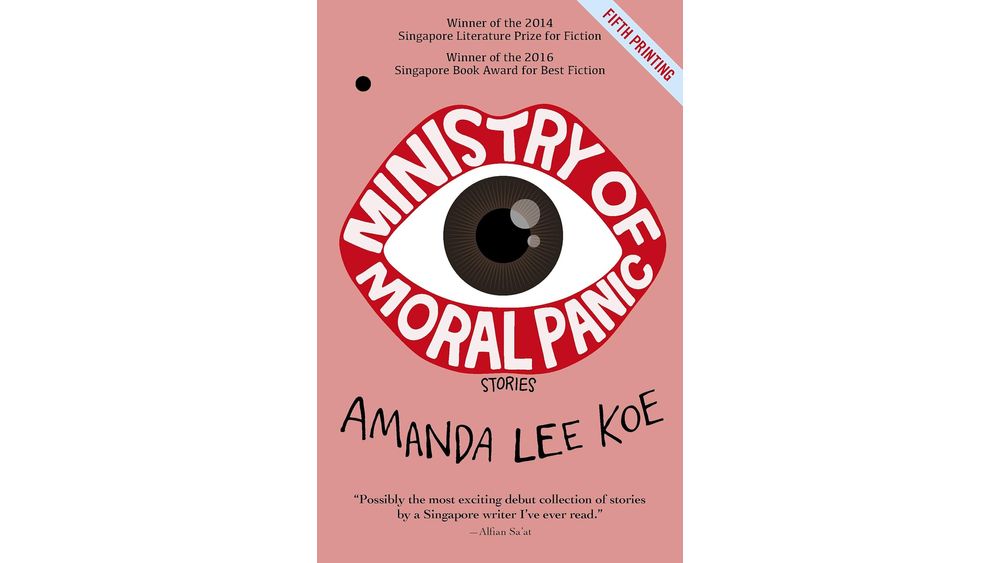
Amanda Lee Koe’s “Ministry of Moral Panic” is truly a hidden gem in the world of Singaporean literature. The collection starts with an excerpt from William Gibson’s “Disneyland with the Death Penalty”, setting a tone that is both provocative and ironic. Koe’s anthology stands out for its gritty, non-conformist tone that seems to defy the very image of Singapore as depicted by Gibson. Through concise, terse writing coupled with a delicate narrative touch, Koe explores the lives of Singaporeans trapped within layers of social pressures and unfulfilled dreams. The stories paint a picture of a Singapore that is raw, emotional, and very much alive, going beyond the sterile facade often associated with the city-state.
Pro:
- Provocative and engaging, challenging stereotypes about Singaporean society.
- Concise and well-crafted narratives that capture the complexities of modern life in Singapore.
- Universal themes of conformity, societal pressure, and deferred dreams, making it relatable to a wide audience.
Contra:
- Some references may be lost on non-Singaporean readers, potentially affecting their full understanding and enjoyment.
- Emotional intensity and critical perspective might not resonate with readers looking for more traditional, feel-good narratives.
- Limited availability in some regions, making it harder for international readers to access.
I recommend this book to you if:
- You’re interested in exploring the darker, more complex side of Singapore.
- You appreciate short stories that challenge societal norms and provoke thought.
- You’re looking for literature that offers a different perspective on Singapore beyond the glossy surface.
5. Aunty Lee’s Delights by Ovidia Yu
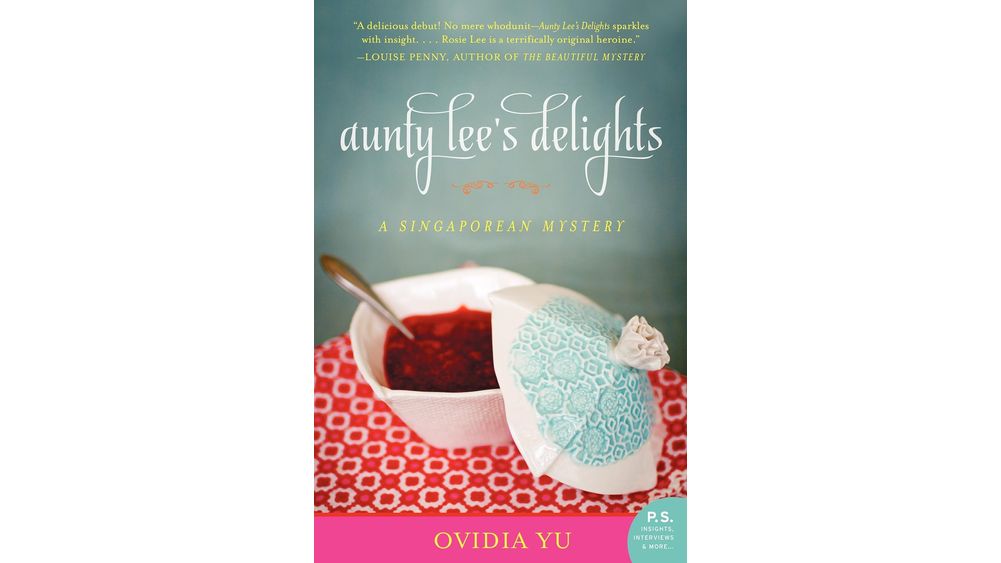
Ovidia Yu brings us into the heart of Singapore with “Aunty Lee’s Delights”, the engaging tale of a local restaurant owner who finds herself tangled in a web of mystery. The book is not just an excursion into the complexities of a murder investigation; it’s a vibrant showcase of Singaporean culture, from the bustling streets to the mouth-watering cuisine that will have readers yearning for a taste of the city-state.
Readers familiar with Singapore will find the characters incredibly relatable, echoing the diversity and richness of the city’s own population. The narrative, teeming with wit and charm, takes us on a joyride reminiscent of Singapore’s pre-MRT days, with Aunty Lee at the wheel. Through the intriguing plot and the vicarious culinary journey, Yu successfully delivers a story that is as delicious as it is mysterious.
Pro:
- The book wonderfully captures Singapore’s unique culture and vivid character diversity, creating an engaging and relatable read.
- Aunty Lee is an exceptionally likable protagonist, making the reader’s journey through the mystery enjoyable and heartfelt.
- The mix of suspense and humor provides a light-hearted yet gripping narrative, ensuring a pleasurable reading experience.
Contra:
- The mystery component might not be as complex or intriguing for seasoned mystery readers.
- Characters development, outside of Aunty Lee, may feel slightly underdone to some readers.
- The focus on food and cultural nuances might overshadow the story for those less interested in these aspects.
I recommend this book to you if:
- You’re a fan of mysteries lightened with humor and cultural insight.
- You have a deep appreciation for food and how it weaves into storytelling.
- You’re interested in exploring Singaporean culture through the lens of a charming and engaging narrative.
6. Foreign Bodies by Hwee Hwee Tan
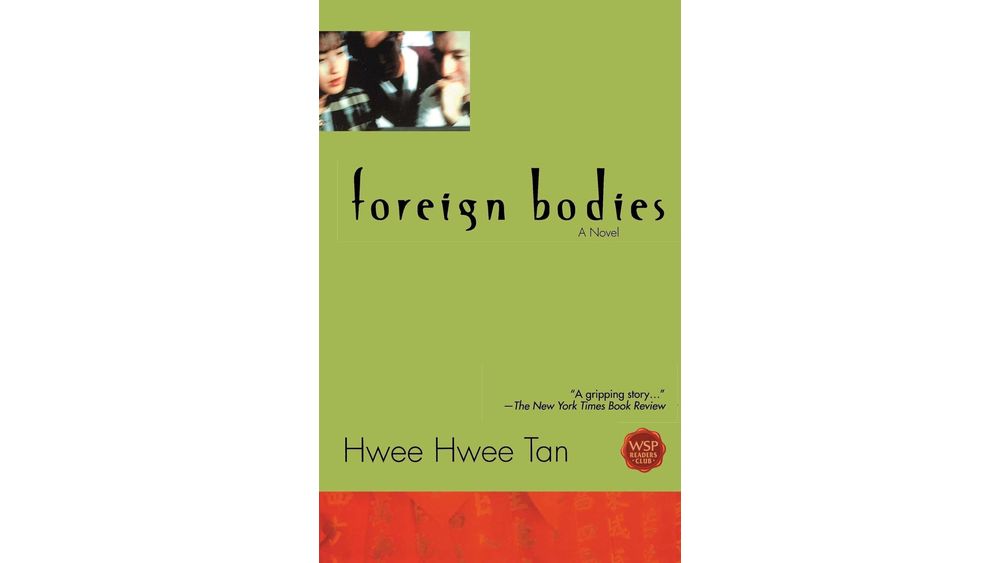
Exploring the multifaceted soul of Singapore through the eyes of its well-traveled characters, “Foreign Bodies” by Hwee Hwee Tan is a novel that oscillates between cultural introspection and personal discovery. The narrative masterfully entwines the lives of its protagonists – Mei, Eugene, Loong, and Andy – as they navigate family conflicts, cultural clashes, and personal growth.
Tan dives deep into the cosmopolitan life of Singaporean elites while preserving its ties to a Singlish-speaking past, delivering a narrative that is as familiar as it is thought-provoking. The Joy Luck Club vibes introduce readers to a Singapore colored by both its modern ambitions and traditional roots, crafting a story rich with emotional depth and cultural nuance.
Pro:
- Offers unique insight into the modern and traditional dichotomies present in Singaporean society.
- The alternating narrative style adds depth to the exploration of each character’s journey.
- The linguistic element (Singlish) introduces an authentic touch, enriching the cultural experience for the reader.
Contra:
- Some readers might find the narrative confusing due to the frequent character shifts without clear cues.
- The portrayal of Singapore leans toward the negative, which may not resonate with all readers.
- Character development might appear unbalanced, with some characters feeling more realized than others.
I recommend this book to you if:
- You’re intrigued by the complexities of cultural identity and expatriate life.
- You appreciate narratives that explore interpersonal relationships amidst a backdrop of cultural tension.
- You have an interest in the nuances of Singlish and how language shapes cultural identity.
7. A Different Sky by Meira Chand
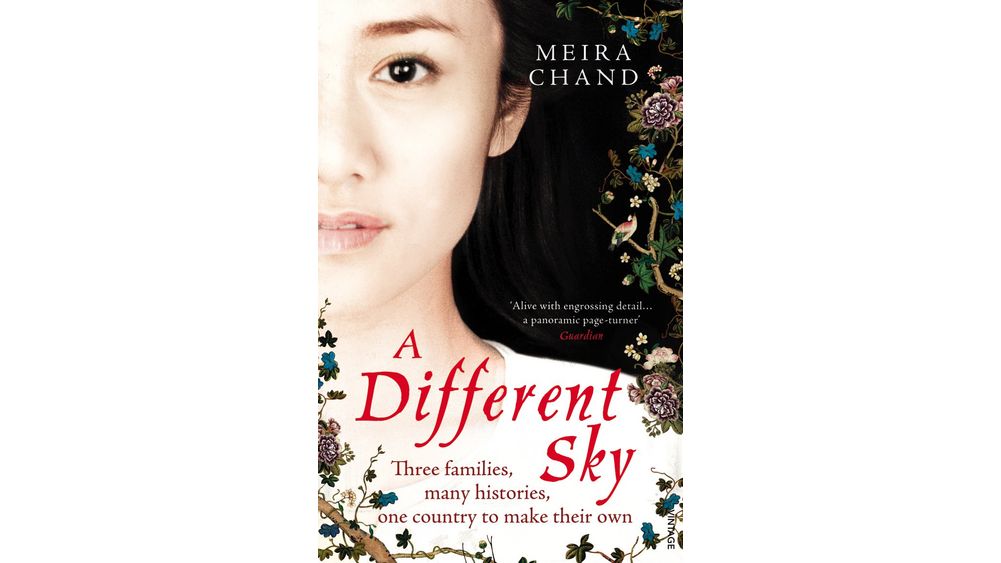
Meira Chand’s A Different Sky paints a vivid and intricate portrait of Singapore, spanning from the 1920s through to the 1950s, just before the island’s independence. The novel intricately weaves the lives of three distinctly different characters – a Eurasian, an Indian, and a Chinese – mirroring the ethnic diversity that forms the backbone of modern Singapore. Chand delves deep into the cultures, the turmoil, and the coming of age of a nation, offering a rich tapestry of history intertwined with compelling narratives.
The detailed historical context, from the Japanese occupation during World War II to the political upheavals leading to Lee Kuan Yew’s early leadership, provides not just a story, but an educational journey. Chand’s descriptions of iconic locations and cultural nuances bring Singapore’s past to life, making it an absorbing read for both residents and those fascinated by Asian history. The book was celebrated by groups of expatriates and Singaporeans alike for its authentic portrayal of their homeland’s rich history.
Pro:
- Offers a comprehensive historical overview of Singapore through engaging narratives.
- Features multifaceted characters from diverse backgrounds, providing a deep understanding of Singapore’s ethnic mosaic.
- Chand’s meticulous research and vivid storytelling create a rich, immersive experience.
Contra:
- Its dense historical details may overwhelm readers looking for a light read.
- The broad scope of time covered requires commitment to follow the intertwined destinies of its characters.
- Cultural references and historical events may require additional context for those unfamiliar with Singapore’s history.
I recommend this book to you if:
- You’re interested in the historical backdrop of Singapore.
- You enjoy character-driven narratives that span across different eras.
- You’re keen on understanding the multicultural fabric that defines Singapore.
8. Travails of a Trailing Spouse by Stephanie Suga Chen
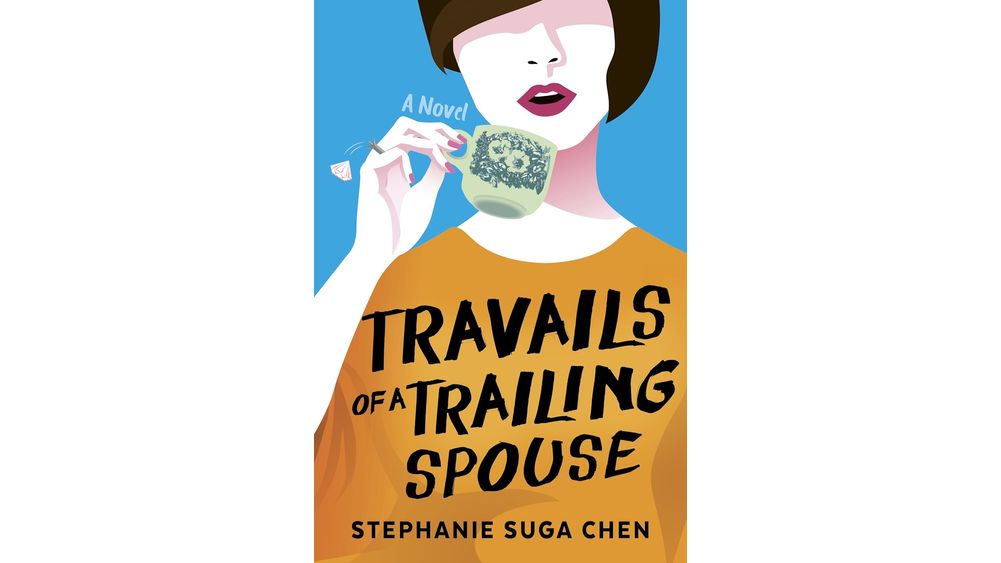
Stephanie Suga Chen brings a witty and insightful look into the often overlooked aspects of expatriate life in Singapore through her debut, Travails of a Trailing Spouse. Not only does Chen offer a tapestry of tales – from the mundanity of day-to-day adventures to the exhilarating challenge of adapting to a new culture – but she also does so with humor, authenticity, and a sense of universal relatability. This book captures the essence of the expat experience, complete with its highs and lows, its sense of discovery and isolation, and the journey of finding one’s place in a foreign land.
Through the protagonist Sarah and her ensemble of friends, readers are treated to a kaleidoscopic view of expatriate life; from the excitement of new encounters to the struggles of fitting in and maintaining an identity. Chen’s evocative storytelling and self-effacing humor make the book more than just a story about expatriates; it’s a reflection on change, identity, and the notion of home. Whether it’s a nostalgic journey for those who’ve lived abroad or a fascinating narrative for readers curious about life in another country, Chen delivers a compelling read.
Pro:
- Offers genuine insights into the expatriate lifestyle, especially in Singapore.
- Chen’s humorous and relatable writing style makes for an enjoyable read.
- Provides a broad spectrum of experiences, from everyday life to unique cultural challenges, enhancing its appeal to a wide audience.
Contra:
- May cater more to those with experience living abroad, potentially limiting its appeal to a wider audience.
- Described more as a series of anecdotes than a continuous story, which might not suit all readers’ preferences.
- The familiarity with expat stereotypes can be seen as a drawback for those seeking more profound cultural insights.
I recommend this book to you if:
- You are an expat or have lived abroad, especially in Asia.
- You enjoy memoirs and personal narratives with a touch of humor.
- You’re curious about the psychological and social dynamics of being a trailing spouse.
9. Inheritance by Balli Kaur Jaswal
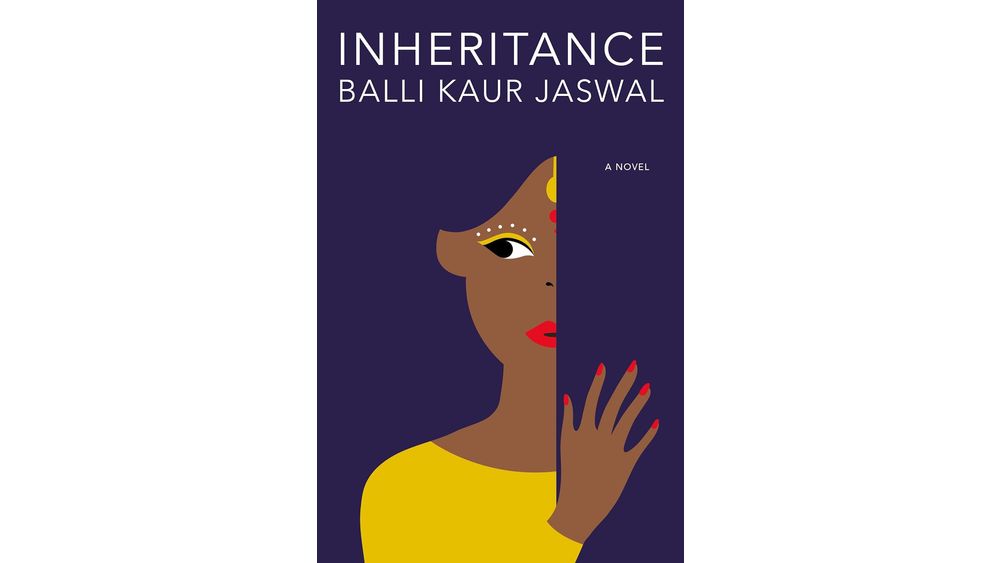
Balli Kaur Jaswal’s “Inheritance” weaves a compelling narrative around a Punjabi Sikh family in Singapore, transcending the mere geographical constraints to touch upon universal themes of shame, tradition, and identity. The backdrop of Singapore, transitioning from a British colony to an independent nation, adds layers to the story, mirroring the family’s struggle between clinging to traditional values and adapting to a new cultural identity.
The characters are thoroughly fleshed out, with each family member battling their demons, be it the stigma of mental illness, societal rejection due to sexuality, or the pressure of living up to familial expectations. These deeply personal conflicts, set against the high stakes of societal judgement in a city that prides itself on order and success, make “Inheritance” a deeply moving and insightful read.
Pro:
- Provides deep insights into the complexities of multicultural Singapore and the Punjabi Sikh community.
- Explores serious topics like mental health, traditional versus modern values, and LGBTQ+ issues with sensitivity.
- Rich character development ensures readers are emotionally invested in the story.
Contra:
- The narrative can feel heavy at times due to the serious themes it tackles.
- May require some understanding of Singapore’s history and Punjabi culture to fully appreciate the context.
- The final resolution might not satisfy all readers, depending on their personal views on the themes presented.
I recommend this book to you if:
- You’re interested in the intersection of traditional values and modern society.
- You seek novels that explore family dynamics and personal identity.
- You want a deeper understanding of multicultural Singapore and its history.
10. The Art of Charlie Chan Hock Chye by Sonny Liew

“The Art of Charlie Chan Hock Chye” by Sonny Liew is a masterpiece that intricately blends the history of Singapore with the tumultuous life of a fictional comic artist, providing a unique lens to view the interplay between politics, culture, and personal expression. The book’s innovative structure and striking illustrations invite readers into a world where art and political history intertwine, offering a rich, nuanced exploration of Singaporean identity and history.
Through the character of Charlie, readers witness the evolution of Singapore, reflecting broader themes of authoritarianism, nationalism, and the relentless pursuit of progress. Liew’s work is a testament to the power of storytelling and illustration, making “The Art of Charlie Chan Hock Chye” an essential read for anyone keen to understand Singapore’s complex backdrop through the intimate lens of its art and artists.
Pro:
- Innovative narrative that combines graphic novel elements with historical facts.
- Offers keen insights into Singapore’s political landscape and its impact on personal freedoms and expression.
- Visually stunning, with artwork that enhances the storytelling and historical commentary.
Contra:
- The non-linear narrative and complex structure may be challenging for some readers.
- Requires a willingness to engage with Singapore’s political history to fully appreciate the narrative’s depth.
- The blending of fact with fiction might confuse readers unfamiliar with Singapore’s history.
I recommend this book to you if:
- You enjoy graphic novels that push the boundaries of the genre.
- You’re intrigued by the history of Singapore and its political and social evolution.
- You appreciate art that challenges and provokes thought about national identity and personal freedom.
FAQs
1. What makes these books about Singapore special?
What makes these books about Singapore special is their multifaceted exploration of the city-state’s rich history, culture, and societal nuances. They offer a kaleidoscopic view that ranges from the vivid opulence illustrated in “Crazy Rich Asians” to the poignant social commentary found in “This Is What Inequality Looks Like”.
Each book, be it fiction or non-fiction, embroiders a tapestry of narratives that mirror the complexity and dynamism of Singapore. Through these literary works, readers are granted an insider’s perspective into the everyday lives, historical upheavals, and social fabric of this unique country, making each book an invaluable piece of a larger narrative puzzle.
2. Are there any Singaporean authors I should start with?
If you’re wondering if there are any Singaporean authors to start with, the answer is a resounding yes. Kevin Kwan, renowned for his Crazy Rich Asians series, offers a humorous and insightful view into Singapore’s high society. Similarly, Sonny Liew with The Art of Charlie Chan Hock Chye, provides a unique graphic novel experience that delves deep into Singapore’s history. Both authors exemplify the diversity and richness of Singaporean literature and make excellent starting points for anyone looking to explore this vibrant literary scene.
3. Can fiction books provide real insights into Singapore?
Can fiction books provide real insights into Singapore? Absolutely. Fiction has the power to illuminate the cultural, social, and political intricacies of a country through narrative and character. Books such as “Crazy Rich Asians” by Kevin Kwan not only entertain but also offer a glimpse into the extravagance of Singapore’s elite, while “This Is What Inequality Looks Like” by Teo You Yenn, though non-fiction, presents an equally compelling exploration of social issues. Through the lens of its diverse characters and settings, fiction reveals the multifaceted nature of Singapore, from its historical roots to contemporary challenges, making it an invaluable tool for gaining deeper insights into the city-state.
4. Where can I find these books?
To find these books about Singapore, many avenues are open to readers. Diverse options like local bookstores, online retailers, and public libraries offer extensive collections. E-book versions may also be available for those who prefer digital reading, making it easy to dive into the rich narrative of Singapore from anywhere in the world.
Conclusion
Discovering the intricate layers of Singapore through literature can be an enriching journey. Each book on this carefully curated list opens up new perspectives, weaving tales that bring the city-state’s vibrant history, culture, and evolving identity to life. “Crazy Rich Asians” catapults readers into a world of opulence and tradition, while “This Is What Inequality Looks Like” offers a poignant glimpse into the complexities of socio-economic disparities.
The best books about Singapore encapsulate the essence of its spirit, from its colonial past to its modern-day majesty and beyond. They serve not just as gateways to understanding a unique Asian culture but also as mirrors reflecting the universal themes of humanity, connection, and resilience.
As we turn the last page of this literary exploration, let’s remember that each book was a window, a doorway, and sometimes, a mirror looking back at us. Happy reading, and may you find both escapades and reflections in these pages. Farewell, and never stop seeking stories that make your heart soar.
Emma





